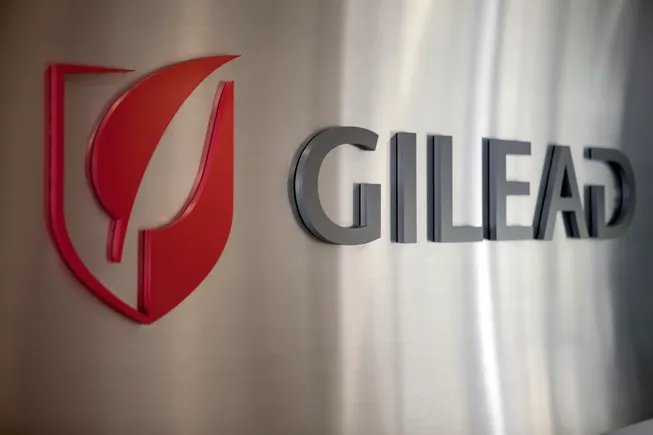Celldex, continuing comeback, adds to early promise for skin disease drug


Dive Brief:
- Celldex Therapeutics reported new results indicating its experimental drug barzolvolimab may relieve symptoms associated with a debilitating skin condition known as chronic spontaneous urticarias.
- Data from an early-stage trial show that 4 of 8 patients given a mid-level dose once monthly and 4 of 9 to receive a high dose once every two months had a “complete” response, meaning patients no longer developed the severe, burning skin hives that characterize their disease. Two of 8 infused with a placebo responded. Side effects were mostly mild to moderate.
- The findings build on earlier results Celldex disclosed last year in patients with hives that are “inducible” by some type of trigger, like cold or warm temperatures. Celldex began one Phase 2 trial in spontaneous hives last month, and will begin a second study in inducible urticarias shortly.
Dive Insight:
Chronic urticarias are a group of inflammatory skin conditions that lead hives to form on the legs, arms or elsewhere and can cause severe itching, burning or swelling. Millions of people in the U.S. are estimated to be affected, yet treatments – such as the biologic drug Xolair and antihistamines – don’t work for a majority of patients. Even if they do, the benefits can take weeks to kick in.
Celldex is one of several companies, including Sanofi and partner Regeneron as well as Novartis, that have been trying to develop a better alternative. But the disease has proven a hard target. Novartis’s biologic drug ligelizumab failed a Phase 3 trial in November. And Sanofi and Regeneron’s Dupixent, a top-selling therapy used to treat several conditions, stumbled in a late-stage trial in November.
Celldex hasn’t reached its definitive test yet. The studies it’s reporting on include handfuls of patients given a few doses of its treatment over 12 weeks. But the early results point to a drug that appears to be competitive with Xolair, and acts more quickly. The data “exceeded the standard of care,” claimed Diane Young, the company’s senior vice president and chief medical officer, in an email.
Celldex had been looking for signs barzolvolimab could top Xolair, which is associated with a 36% complete response rate after 12 weeks, Young said. While its lowest dose didn’t achieve that goal, each of the others did, including among patients previously treated with Xolair. Responses began as early as one week after the first dose, she said. The severity of patients’ itching fell by 67% on the mid-level dose and by 75% on the highest dose after 12 and 8 weeks, respectively. Itching intensity dropped by about a third in placebo recipients.
The most common side effects were headaches, urinary tract infections, back pain and low counts of neutrophils, a type of white blood cell. Four patients had low levels of neutrophils at the study’s start, however, and Celldex said the changes it’s observed are “generally transient, asymptomatic, and mild.”
Despite the small number of patients evaluated, the data met the roughly 50% complete response threshold Jefferies analysts had looked for Celldex’s drug to clear. But “safety concerns were not completely put to bed,” wrote analyst Chris Howerton, adding that low neutrophil counts were more frequent than he’d expected.
“Neutropenia will be a signal to watch going forward,” added SVB Securities analyst Thomas Smith.
Still, for Celldex, the new results bolster the company’s decision to change its strategy in the wake of multiple clinical failures, most notably a brain cancer vaccine called Rintega. The company acquired barzolvolimab in a buyout in 2016 and, after a failed effort to test it in stomach tumors, tweaked the drug so it might be useful outside of oncology.
That change led Celldex to target urticarias. Shares once worth $2 apiece in 2020 now trade at about $28.
This post has been syndicated from a third-party source. View the original article here.



